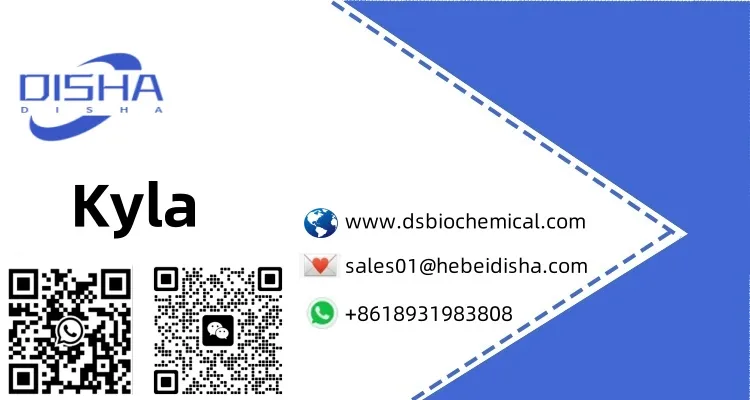Warning: Undefined array key "title" in /home/www/wwwroot/HTML/www.exportstart.com/wp-content/themes/1198/header.php on line 6
Warning: Undefined array key "file" in /home/www/wwwroot/HTML/www.exportstart.com/wp-content/themes/1198/header.php on line 7
Warning: Undefined array key "title" in /home/www/wwwroot/HTML/www.exportstart.com/wp-content/themes/1198/header.php on line 7
Warning: Undefined array key "title" in /home/www/wwwroot/HTML/www.exportstart.com/wp-content/themes/1198/header.php on line 7
Nov . 27, 2024 18:07 Back to list
Impact of Chromic Acid Treatment on Material Properties and Surface Characteristics
The Significance and Applications of Chromic Acid Treatment
Chromic acid treatment is a chemical process widely used in various industries to prepare, clean, or modify surfaces, especially metals and glass. Its unique properties make it a valuable tool in fields ranging from manufacturing to laboratory work. This article explores the significance of chromic acid treatment, its applications, the chemical processes involved, and safety considerations.
Understanding Chromic Acid
Chromic acid, chemically known as chromium trioxide (CrO3), is a powerful oxidizing agent. It is typically produced by dissolving chromium trioxide in water, forming a deep orange solution that can have harmful effects if not handled properly. Due to its potent oxidizing properties, chromic acid plays a critical role in surface treatment processes, especially for metals.
Applications in Industry
1. Metal Surface Treatment One of the primary applications of chromic acid treatment is metal passivation, particularly for stainless steel and aluminum. The treatment creates a protective oxide layer on the metal surface, enhancing corrosion resistance. This property is crucial in industries such as aerospace, automotive, and construction, where materials are subjected to harsh environments.
2. Electroplating and Anodizing Chromic acid is used in anodizing processes, particularly for aluminum. During anodizing, the aluminum surface is oxidized to produce a thick oxide layer that improves corrosion resistance and wear resistance. The use of chromic acid achieves a different thickness and appearance compared to other anodizing solutions, making it desirable for specific applications.
3. Glass Surface Modification In the glass industry, chromic acid treatment is utilized to modify surface characteristics, enhancing adhesion for coatings or prints. This process improves the durability of glass products and is often used in the production of decorative glassware, mirrors, and high-performance architectural glass.
4. Laboratory Applications Chromic acid is a staple in laboratory environments, often used for cleaning glassware and equipment. It effectively removes organic residues and helps in achieving a high level of cleanliness before conducting sensitive chemical experiments.
chromic acid treatment

5. Wastewater Treatment Chromic acid treatment also plays a role in treating industrial wastewater. Its oxidizing properties can help break down organic pollutants, contributing to overall environmental protection and compliance with regulatory standards.
Chemical Processes Involved
The effectiveness of chromic acid treatment lies in its chemical properties. When chromic acid is applied to a surface, it typically undergoes a series of electrochemical reactions that lead to oxidation. In metals, this results in the formation of a thin, protective oxide layer that provides enhanced durability against oxidation and corrosion. The thickness and quality of this oxide layer can be adjusted based on factors such as concentration, temperature, and treatment duration.
Safety Considerations
Despite its widespread applications, chromic acid is highly toxic and poses significant health risks if not handled correctly. Prolonged exposure can lead to serious health issues, including respiratory problems, skin irritation, and an increased risk of cancer. Therefore, strict safety measures must be adhered to when working with chromic acid. This includes wearing appropriate personal protective equipment (PPE), working in well-ventilated areas, and ensuring proper handling and disposal methods.
Aside from the health risks associated with chromic acid, there are also environmental considerations. The use of chromium compounds in industrial processes has raised concerns regarding environmental contamination. As a response, many companies are actively seeking alternatives to chromic acid or implementing waste management practices to minimize its environmental impact.
Conclusion
Chromic acid treatment is a versatile and effective method for enhancing the properties of various materials, especially in metal and glass applications. Its ability to improve corrosion resistance and surface modification makes it invaluable in many industries. However, the associated health and environmental risks require careful handling and consideration. As industries continue to evolve, the future may see more innovative solutions and safer alternatives to chromic acid treatment, balancing effectiveness with safety and sustainability.

